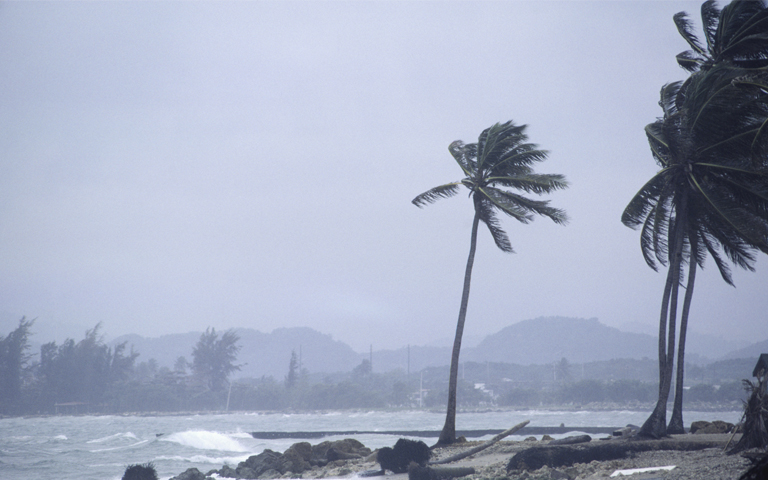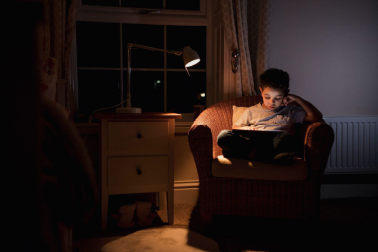Be Prepared For Hurricanes
While hurricanes and tropical storms are inevitable, being without power is not. With early planning, you can help ensure that you, your loved ones and your home are prepared when severe weather strikes

While hurricanes and tropical storms are inevitable, being without power is not. With early planning, you can help ensure that you, your loved ones and your home are prepared when severe weather strikes


Stay up to date on utility outages with our outage tracker to see current outages across the US and Canada.